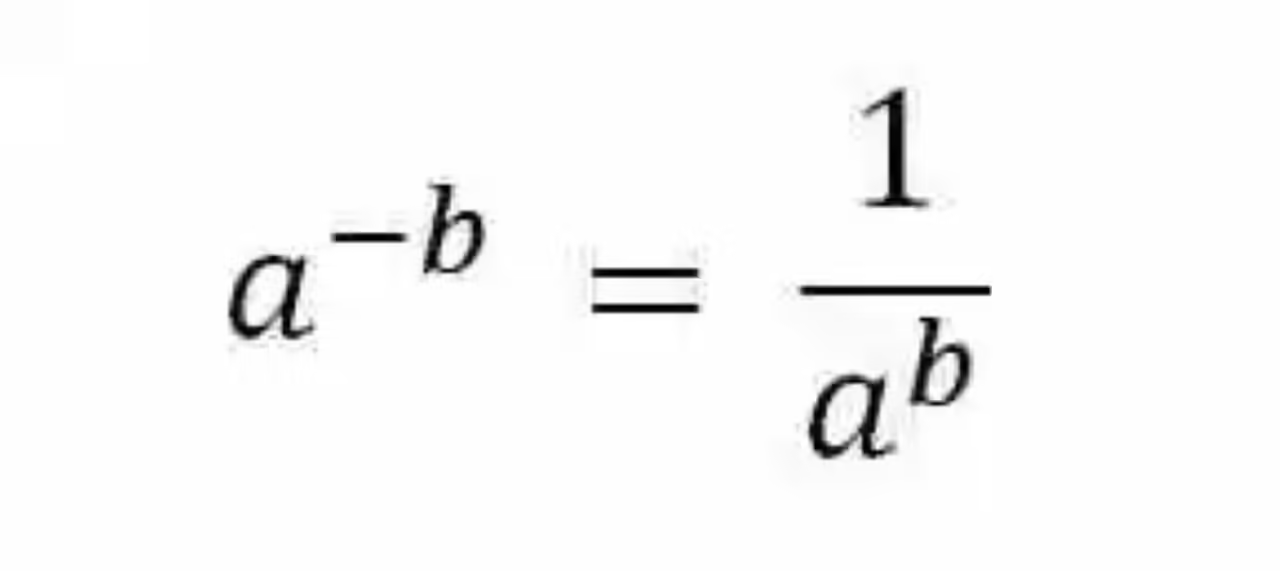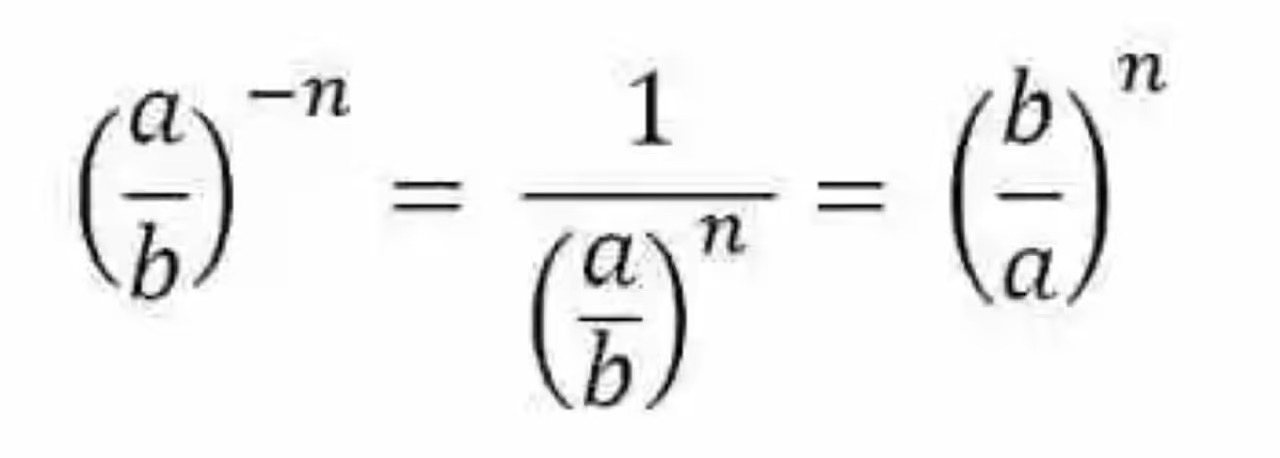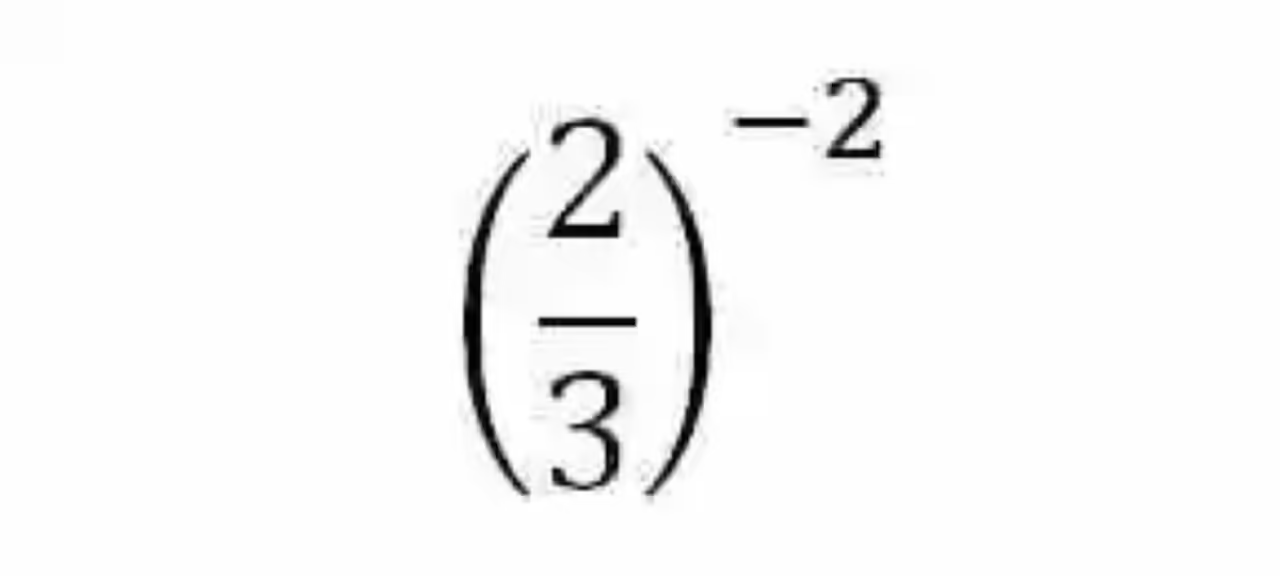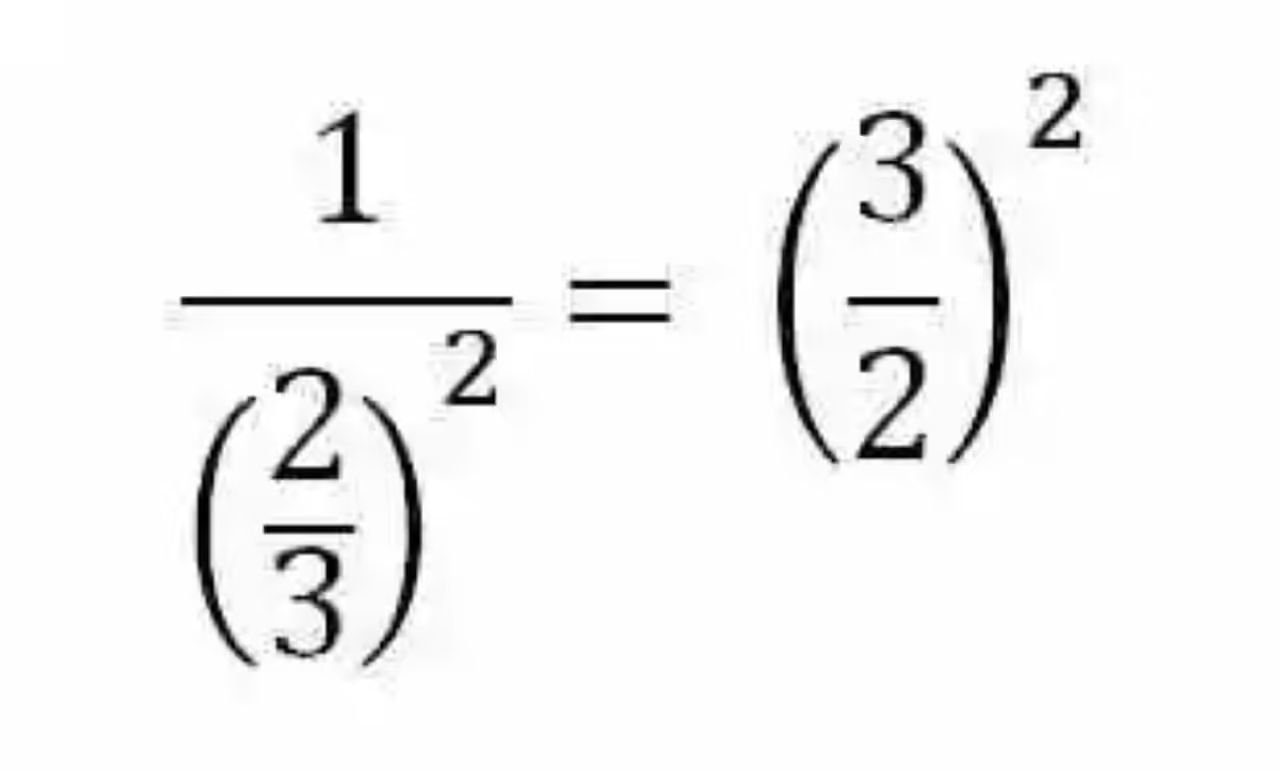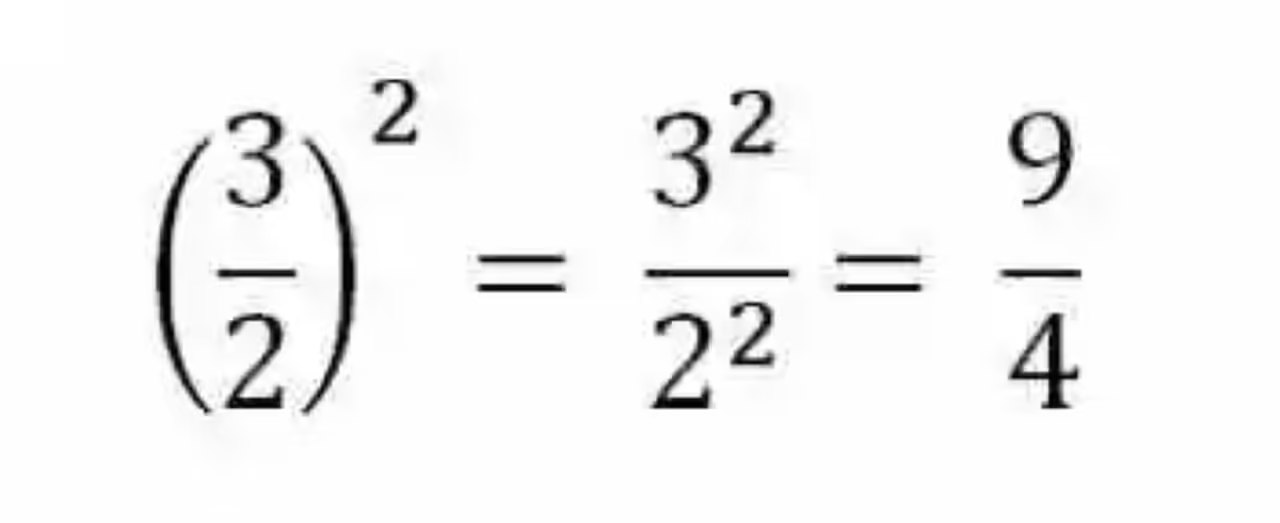Before delving into an explanation of the correct way to solve any mathematical operation that proposes raising a rational basis to a negative exponent, it may be necessary to briefly review some definitions, which will allow us to understand each of the steps inherent in this procedure, within its just mathematical context.
Fundamental definitions
In this regard, it may also be relevant to delimit this conceptual review to four specific notions: Fractions, Empowerment, Negative Exponent Powers, and Rational-Based Powers, as these are expressions and operations directly operation known as Rational Base Power and Negative Exponent. Here are each of these definitions:
Fractions
In this way, it will begin by saying that Mathematics has generally defined Fractions as one of the expressions with which fractional numbers count, that is, that fractions will be used to account for amounts that are not accurate or not Whole. Likewise, the mathematical discipline states that this type of expression will be composed, always and without exception, by two elements, explained in turn as follows:
- Numerator: First, the Numerator will be understood as the element occupying or constituting the top of the fraction. Your task will be to refer to how many parts of the whole represents the fraction.
- Denominator: Second, the Denominator has been described as the element occupying the bottom of the fraction, having as task to indicate how many parts the whole is divided, of which the fraction barely represents one or some parts.
Empowerment
It will also be necessary to throw lights on the definition of Empowerion, which has been seen by the different mathematical sources as an operation involving two numbers: base and exponent, and in which the main objective is to determine the product resulting from multiplying the base by itself so many times indicate the number that serves as an exponent, so then some authors have emphasized that the Power-up can also be understood as an abbreviated multiplication.
Negative Exponent Powers
In this order of ideas, it is also relevant to say that the Powers usually have positive exponents, then made up of integers and positive signs. However, there are times when on the contrary the number that functions as an exponent, despite being an integer, is accompanied by a negative sign. In such cases, Mathematics indicates that the principle or property that dictates that any power raised to a negative exponent will be equal to the unit divided by the same power, but with positive exponent, a situation that may be represented by The following way:
Rational-based powers
Finally, it will also be necessary to bring to chapter the definition of Rational Base Powers, which will basically be understood as those Power-up operations where the number that serves as the basis will consist of a fraction. Consequently, the main objective of such operations will be to determine the product to multiply the base by itself, as many times as indicated by the number that serves as an exponent.
Rational base power and negative exponent
Once each of these concepts has been revised, it is perhaps certainly much easier to address an explanation of the correct way to resolve any rational-based and negatively exponent Power, a situation that must be assumed in the same way as it is resolves any potentiation that raises the existence of a negative sign exponent.
Therefore, any fraction raised to this type of exponent shall be equal to the unit divided by this rational base power but raised to a positive exponent. Likewise, this division will be understood equal to the same rational and positive exponent base power but with the elements of the fraction that serves as the inverted base, which will be much easier to assimilate in its mathematical expression:
Example of how to solve a rational base power and negative exponent
However, the most efficient way to complete an explanation of the correct way to solve such empowering operations, where there is the particularity of a rational basis and a negative exponent, is found, either through the an example, which allows us to see in practice how each of the steps necessary to solve these kinds of approaches are met, as can be seen in the following exercise:
Resolve the following operation:
Once it has been determined that the rational base power has a negative exponent, it will be necessary to apply the formula by which the power must divide the unit, to strip the exponent of its sign:
This has been achieved, however, the operation cannot yet be resolved, until the division between the unit is eliminated, for which the elements of the fraction will be reversed, retaining the same exponent:
At this point, the general formula of rational base powers should then be applied, which dictates that each element of the fraction should be raised separately to the exponent proposed by this operation:
With no chance of reducing this fraction, it will then be taken as the final solution to the operation of rational base power and negative exponent. Therefore:
Picture: pixabay.com

